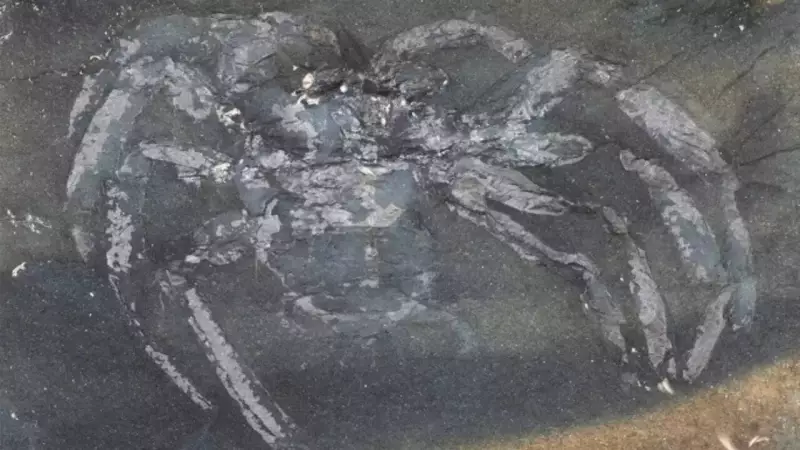
In a groundbreaking discovery that has sent ripples through the scientific community, researchers have unearthed an exceptionally preserved 310-million-year-old spider fossil in Germany. This remarkable find offers an unprecedented glimpse into the ancient world of arachnids.
A Window into Prehistoric Life
The fossil, dating back to the Carboniferous period, showcases details so fine that scientists can clearly observe the spider's delicate leg hairs and silk-spinning organs, known as spinnerets. This level of preservation is exceptionally rare for creatures with soft bodies like spiders.
Why This Discovery Matters
This isn't just another fossil find - it's a paleontological treasure that provides crucial insights into spider evolution. The preserved features help scientists understand how ancient spiders lived, hunted, and produced silk millions of years before dinosaurs walked the Earth.
Key Features of the Extraordinary Fossil
- Perfectly preserved leg hairs: Fine details visible to microscopic examination
- Intact silk spinners: Spinnerets preserved in remarkable condition
- Carboniferous age: Dating back approximately 310 million years
- Exceptional preservation: Rare soft-tissue details intact
The discovery site in Germany has proven to be a goldmine for paleontologists, offering unique conditions that allowed for this extraordinary preservation. The fossil provides concrete evidence of how little some spider features have changed over hundreds of millions of years, while also revealing evolutionary adaptations that have occurred since the Carboniferous period.
This finding not only advances our understanding of arachnid evolution but also demonstrates the incredible potential for future discoveries that could rewrite our understanding of prehistoric life on Earth.





